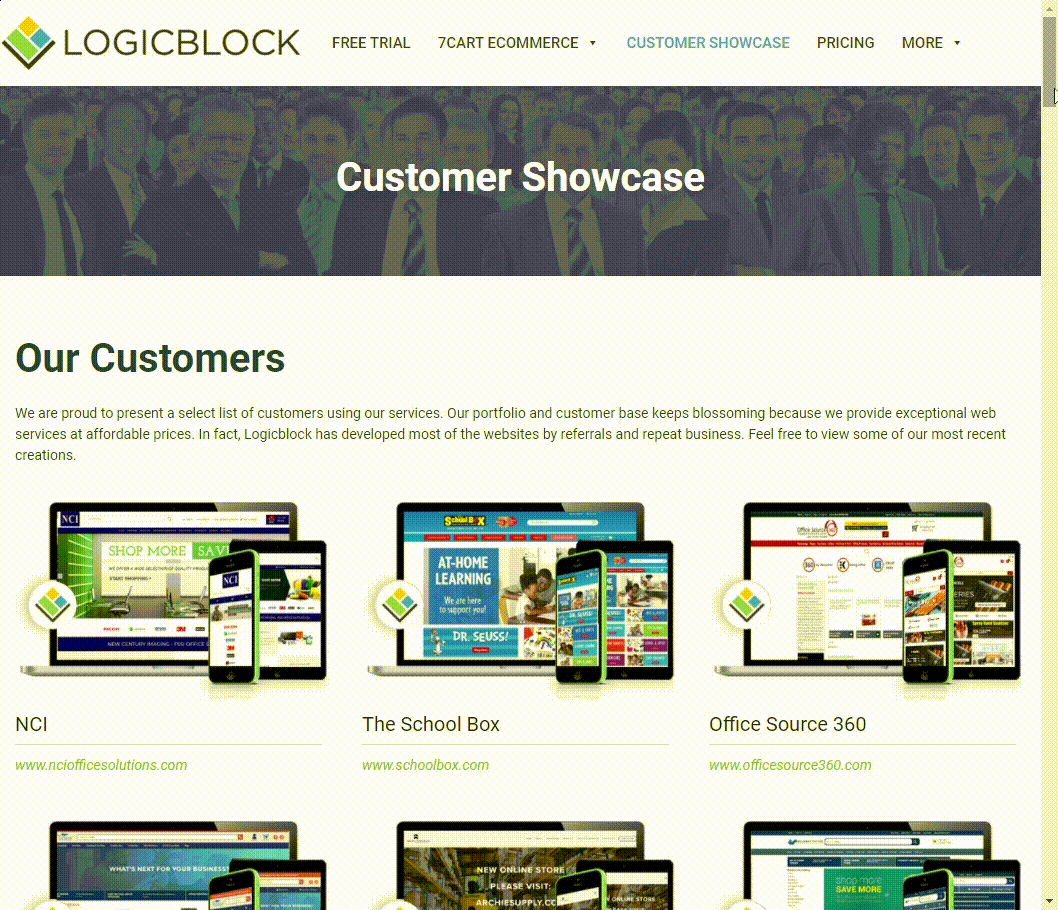In order to create the best possible experience for every customer, it’s important to gain a thorough understanding of the path they take before, during, and after the purchase of a product or service on your website. This is known as the customer journey. By mapping out the customer journey, you’ll have a visual representation of a customer’s needs and problems, along with how they engage with your brand, making it a valuable tool for effective project management.
What Is a Customer Journey Map?

A customer journey map is a timeline that tracks every interaction a customer has with your business from awareness to repeat business, allowing you to see each touchpoint and gain insights into their overall shopping experience. By spotting and avoiding potential concerns, making informed business decisions, and improving customer retention, this map provides valuable information that can benefit your business in many ways.
The map is then broken down into phases or buying stages, which encapsulate the customer’s UX from start to finish.
Steps for Creating the Customer Journey Map
There are specific steps to take when building your customer journey map. They begin with the following:
- Decide what to measure – know YOUR goals
- Create your personas and define THEIR goals – you can’t figure out what a customer will do if you don’t know who your customer is
- Define their buying phases – what stages does the customer go through from initial interest to final purchase?
- Plot your touchpoints – where does your customer interact with your brand?
- Define what you want your customer to do at each touchpoint (what they should ideally think, do, feel)
What Are the Buying Phases?
Once you have identified your goal and your customer’s goal, you need to map out your customer’s buying phases, which are the steps they go through from the start to finish in the buying process. These phases are:
- Awareness: Customer has a problem to solve
- Research: Customer researches solutions and determines if they need to make a purchase
- Consideration: Customer weighs options
- Purchase: Customer decides on a solution and makes a purchase
- Support: Customer uses the product or service and based on their experience with the product and the company, decides whether to purchase again.
Understanding and Analyzing Touchpoints

A touchpoint is any interaction between your customer and your brand throughout their buying experience. They are made up of several factors, such as your marketing, social media tactics and presence, customer service, and actual products. Touchpoints can include anything from physical properties (i.e., your actual storefront), human interactions (with customer service, salespeople, etc.), digital ‘properties’ (social media channels and website), marketing tools (such as commercials and billboards), purchase experience, and company follow-up and customer support (or lack thereof). All these touchpoints influence your customer’s overall buying experience and their decision whether to buy your goods.
You define your touchpoints. Your customer defines their experience with those touchpoints. Their experience gives you the feedback you need to fine-tune your customer journey and user experience.
Bring in the Humans!
All of this is theoretical until you have an actual human go through the buying process, which is why the penultimate step is to get data from living, breathing people. You can get this information from data points like surveys and live interactions with your customer support staff. Basic CSAT (customer satisfaction), NPS (net promoter score) and CES (customer effort score) questions are helpful options.
Interacting with your actual customers helps you fine-tune your customer journey, so it accurately reflects their experience. If the real person isn’t satisfied, you’ll see it reflected in your business’s bottom line.
The Final Piece of the Puzzle
For your final step, look over your findings and make changes as necessary, then go through the process again and again until you land on the most efficient and effective customer journey for your customers as well as your business. Happy customers mean return customers who often tell others about their good experiences with your company. That, in turn, means more customers and more sales. It’s a win-win.
Contact Logicblock today to equip yourself with the tools needed to
improve the customer journey for your business.


